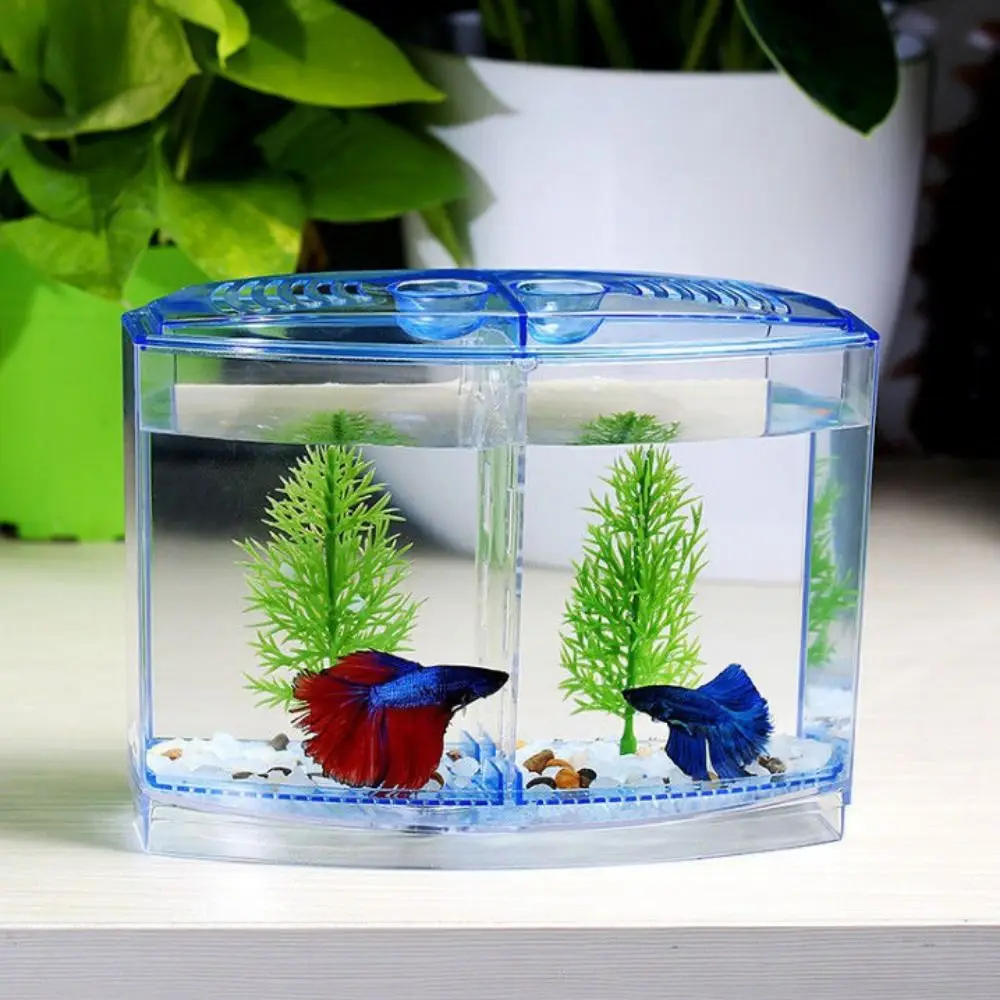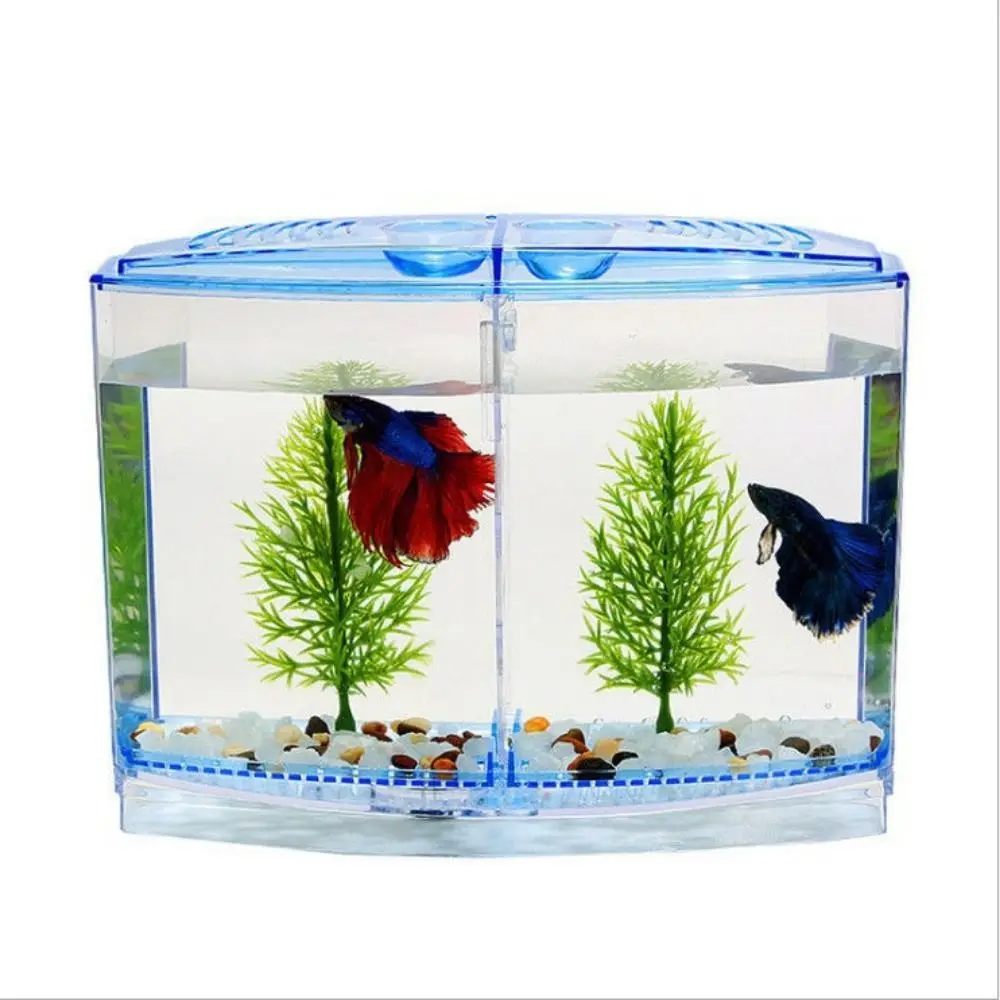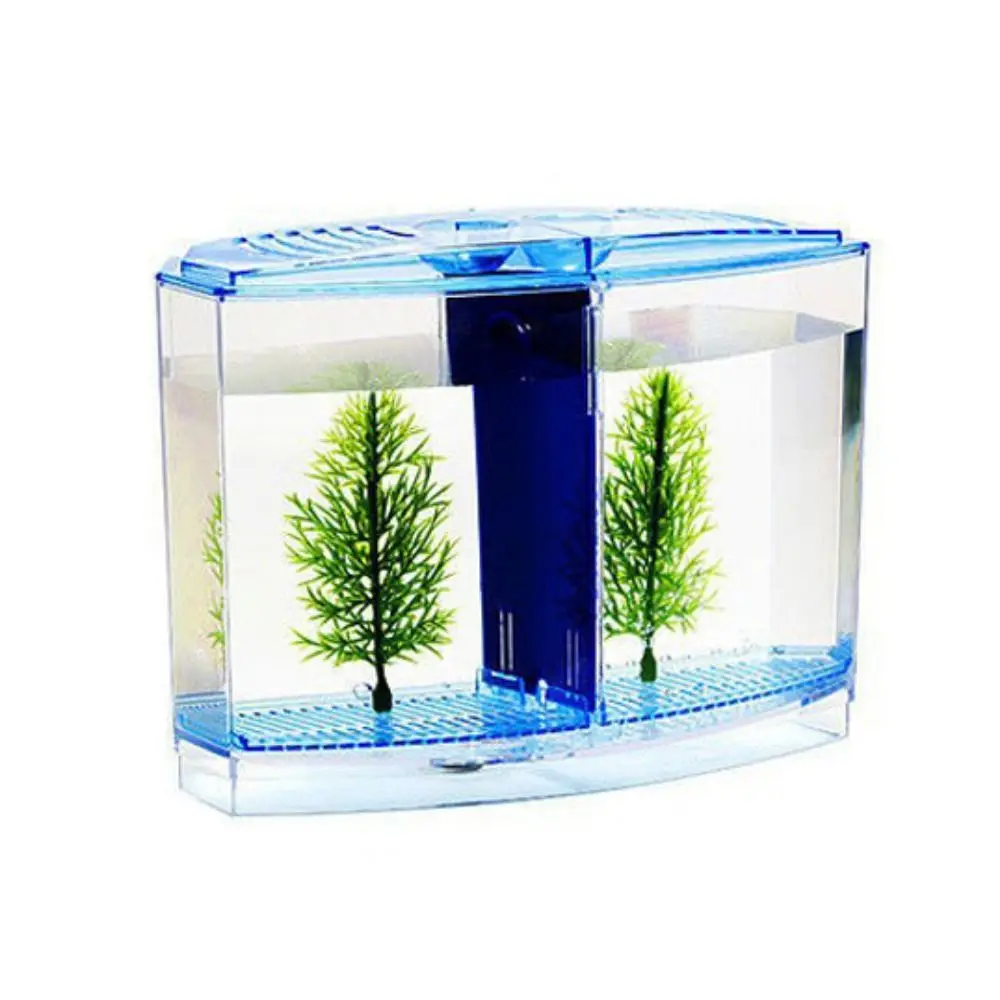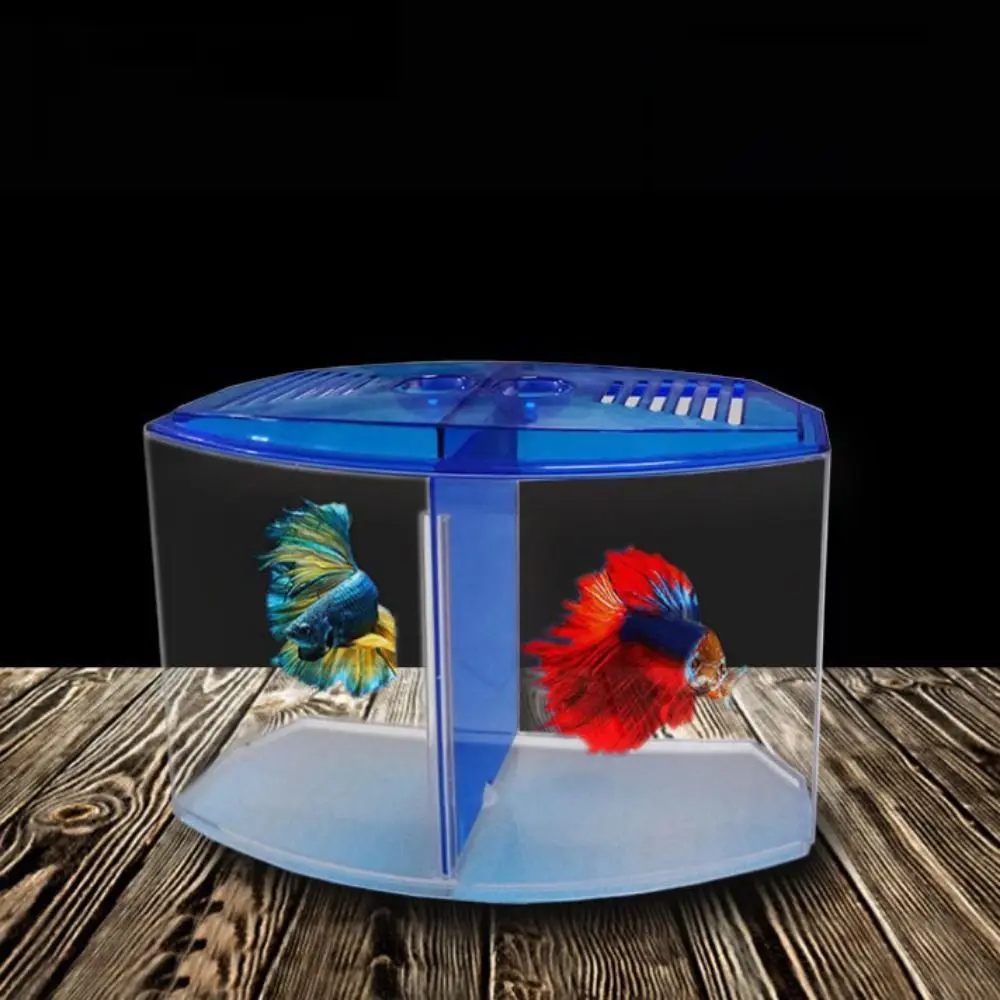Maintaining a pristine fish tank is a labor of love for many aquarium enthusiasts. However, one unwelcome guest often disrupts the serene beauty of your aquatic environment: algae. These simple aquatic plants can quickly multiply, clogging filters, suffocating fish, and ruining the visual allure of your aquarium. But fear not! In this comprehensive guide, we will explore proven techniques and practices to keep algae at bay, ensuring your fish thrive in a clean, healthy habitat.
Understanding Algae: The First Step in Control
Before we delve into techniques to remove and prevent algae, it’s essential to understand what causes algae growth in your fish tank. Algae thrive on the same conditions that favor fish and plants: light, nutrients, and carbon dioxide. Specific factors, such as excessive light exposure (whether natural sunlight or artificial aquarium lights), nutrient overload through overfeeding, and inadequate water circulation, can create a perfect storm for algae growth.
Different types of algae also thrive in various conditions; for instance, green algae often appear in well-lit tanks, while brown algae typically flourish in areas with low light. Understanding these triggers is crucial for preventing future outbreaks. Regular testing of your water parameters, including nitrate and phosphate levels, can help identify the root causes of algae issues, setting the stage for effective management.

Prevention is the Best Cure
Cleaning an existing algae problem can be labor-intensive, but preventing algae from taking hold in the first place is the best approach. Regular maintenance routines can significantly minimize the likelihood of algae growth. Establish a consistent cleaning schedule, including partial water changes, vacuuming the substrate, and cleaning equipment like filters and decorations. For most aquariums, a 25% water change every two weeks is recommended; this not only removes excess nutrients that encourage algae but also keeps ammonia and nitrate levels in check.
Another preventative measure is to closely monitor your aquarium’s lighting. LED lights, with their adjustable intensities and longer lifespan, can help manage light exposure effectively. The key is to keep the illumination period under control—aim for around 8 to 10 hours daily. Consider using a timer for consistency, and adjust according to how your plants and fish respond. Additionally, if possible, place your tank in a less brightly lit area of your home to further reduce the amount of light that promotes algae growth.
The Role of Fish and Invertebrates in Algae Control
While it’s important to minimize the chances of algae taking hold, introducing algae-eating fish and invertebrates can also be an effective strategy. Species like Siamese algae eaters, otocinclus catfish, and certain types of snails can help keep your tank’s algae population in check. These creatures consume algae as part of their natural diet, helping to maintain the balance in your ecosystem.
However, it’s crucial to research the compatibility of these algae-eating inhabitants with your existing species. Not all fish will thrive in the same conditions, and introducing incompatible species can lead to stress, aggression, or even fatalities. Additionally, while algae-eating fish can help manage algae growth, they should not be the sole solution. A diverse aquarium community contributes to a healthy environment in which all inhabitants, including fish, plants, and microorganisms, can thrive.

Manual Removal Techniques
When algae inevitably make their unwanted appearance, manual removal is a straightforward yet effective method. Using a soft sponge or algae scraper can help you scrub the aquarium walls without scratching the glass. Be cautious when cleaning the decorations and substrate, as you do not want to disturb the beneficial bacteria necessary for a healthy tank ecosystem.
Vacuuming the substrate is another essential routine that not only removes algae but also debris and leftover food particles that serve as algae food. While doing this, ensure you’re not deep enough to disrupt the beneficial bacteria residing in the substrate. Investing in a quality gravel vacuum can make this task more efficient and effective.
Chemical Solutions: When to Use Them
In some cases, particularly severe algae outbreaks may necessitate the use of chemical treatments. Algae-specific treatments are available at pet stores and online; however, these should be used as a last resort, as they can pose significant risks to your fish and other aquatic life.
If you opt for chemical control, always follow the dosage instructions meticulously. Overdosing can lead to harmful side effects, including oxygen depletion. Many of these products contain chemicals that can disturb the delicate balance of your aquarium ecosystem, so be prepared for potential side effects. It’s often wise to consult with a knowledgeable aquarist or your local fish store before applying any chemical treatments to ensure no immediate harm comes to your aquatic ecosystem.

The Importance of Regular Water Testing
Regular water testing is indispensable when it comes to maintaining a healthy aquarium, as it helps monitor the water parameters crucial for your aquatic community. Essential tests include measuring pH, ammonia, nitrite, nitrate, and phosphate levels. A spike in phosphate, particularly, can indicate overfeeding or inadequate waste removal, leading to algae outbreaks.
Various kits are available for home water testing, allowing you to track your aquarium’s health effortlessly. It’s beneficial to establish a routine testing schedule, perhaps once a week, to ensure that your water remains within the desired parameters. If any levels appear excessive, take immediate corrective actions, such as performing a water change or adjusting your feeding routines.
Educating Yourself on Invasive Algae Species
Certain invasive algae species can wreak havoc in your aquarium, and being informed is vital for effective control measures. For instance, red slime algae (cyanobacteria) can quickly cover surfaces and is notorious for being particularly resilient. Understanding these algae species, their growth habits, and how to manage them not only helps in immediate control but equips you to handle potential outbreaks more effectively in the future.
Research specific algae species that are found in aquariums and their characteristics. Identifying which type is invading your tank can often dictate the best methods for removal and prevention. For instance, while manual removal may suffice for green algae, combating cyanobacteria often requires adjustments to your lighting and water parameters in addition to physical removal.
Establishing a Balanced Ecosystem
One of the best algae prevention strategies is to establish and maintain a balanced ecosystem in your aquarium. This means ensuring that your fish, plants, and beneficial microorganisms coexist in a way that promotes stability. A balanced environment not only helps keep algae at bay but also supports the overall health of your fish and plant life.
Adding live plants not only enhances the visual appeal of your aquarium but also competes with algae for nutrients, effectively suppressing its growth. Choose fast-growing plants, such as hornwort or elodea, which can quickly outcompete algae in nutrient uptake. Balancing the number of fish, plants, and invertebrates is crucial; overcrowding can lead to excess waste, driving up nutrient levels and promoting algae growth.
Troubleshooting Frequent Algae Outbreaks
If you find yourself battling ongoing algae outbreaks despite your best efforts, troubleshooting the underlying causes is essential. Start by analyzing your maintenance routine: Are you changing water frequently enough? Is your tank getting too much light? Are you overfeeding your fish?
Evaluating your filter system can also shed light on potential problems. An underpowered filter may contribute to nutrient build-up while failing to adequately oxygenate the water. Ensuring your filter is the right size for your aquarium, along with regular cleaning of filter media, can substantially improve water quality.
The Role of Patience in Aquarium Care
Finally, patience is perhaps the essential ingredient in successful aquarium care. Maintaining a healthy and beautiful tank is not typically achieved overnight. Algae management, in particular, requires a long-term commitment to consistent practices, including regular cleaning, water testing, and ecosystem balancing.
Accept setbacks as part of the journey. Even the most experienced aquarists occasionally face algae issues, and what’s important is how you address them. Maintain a positive outlook and a willingness to adjust practices based on what you learn along the way.
In conclusion, “Algae Be Gone! Proven Techniques to Clean Your Fish Tank” involves understanding algae growth, prevention strategies, manual removal methods, careful water testing, and establishing a well-balanced ecosystem. With attention to detail and mindful care, you’ll create a stunning aquascape that you can enjoy for years to come!










